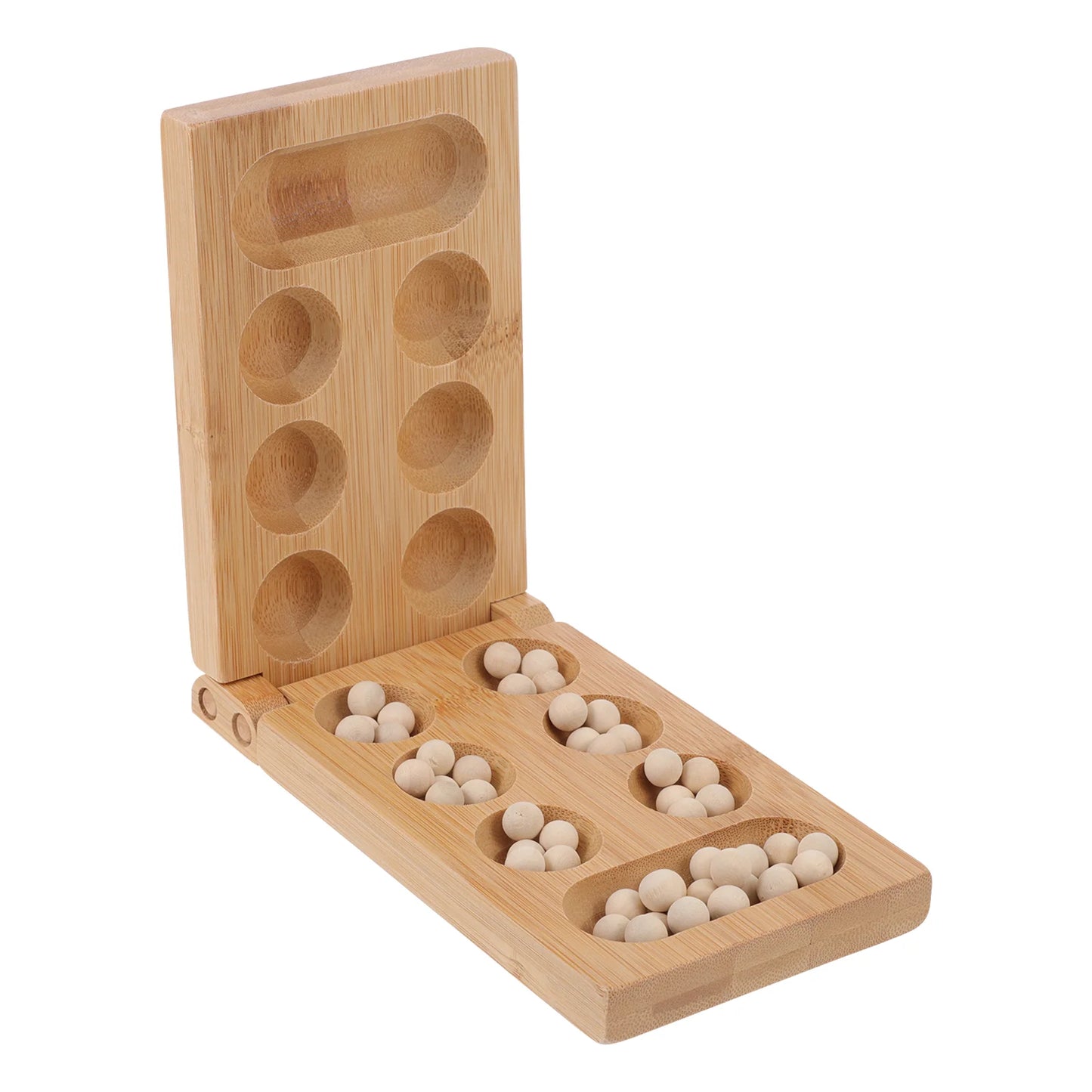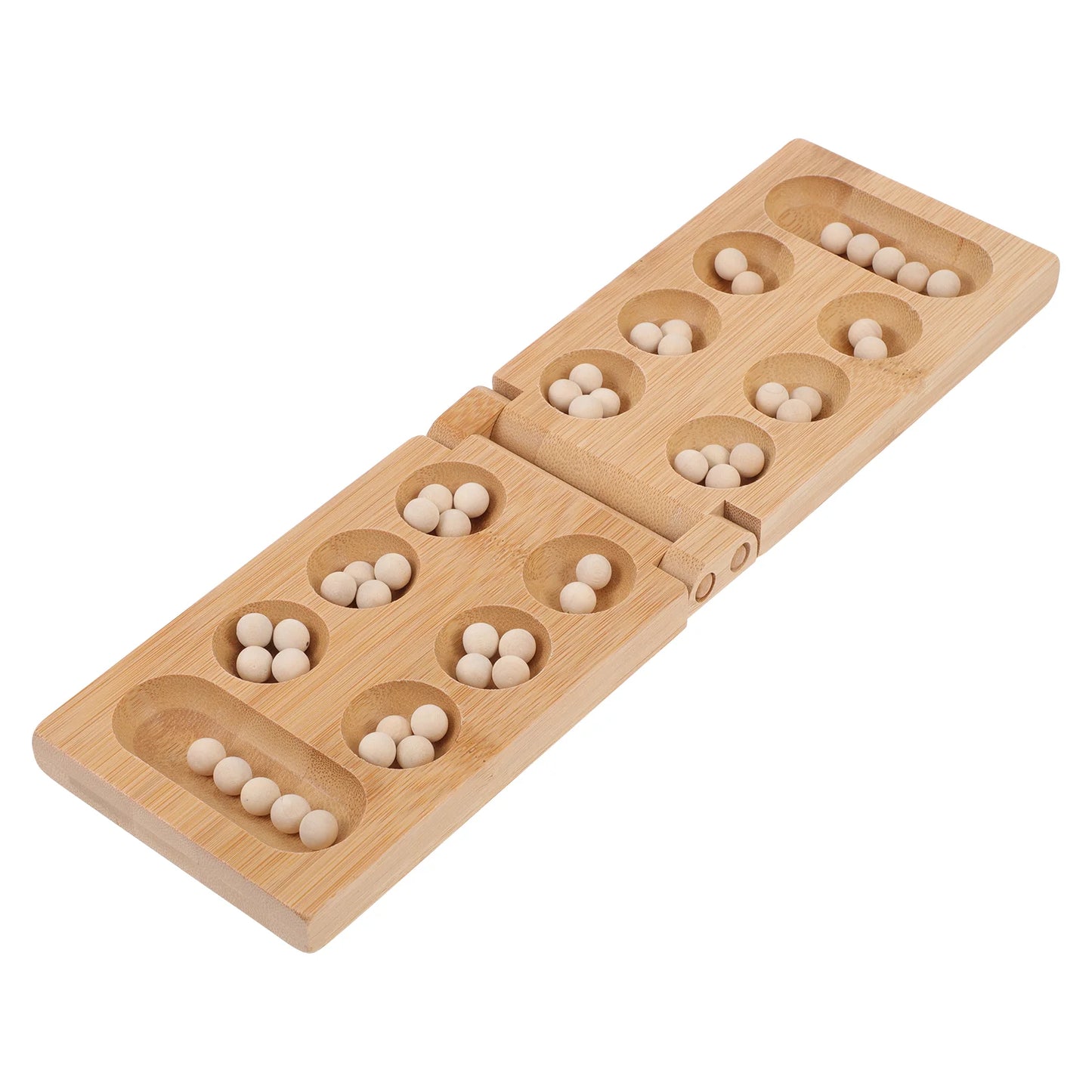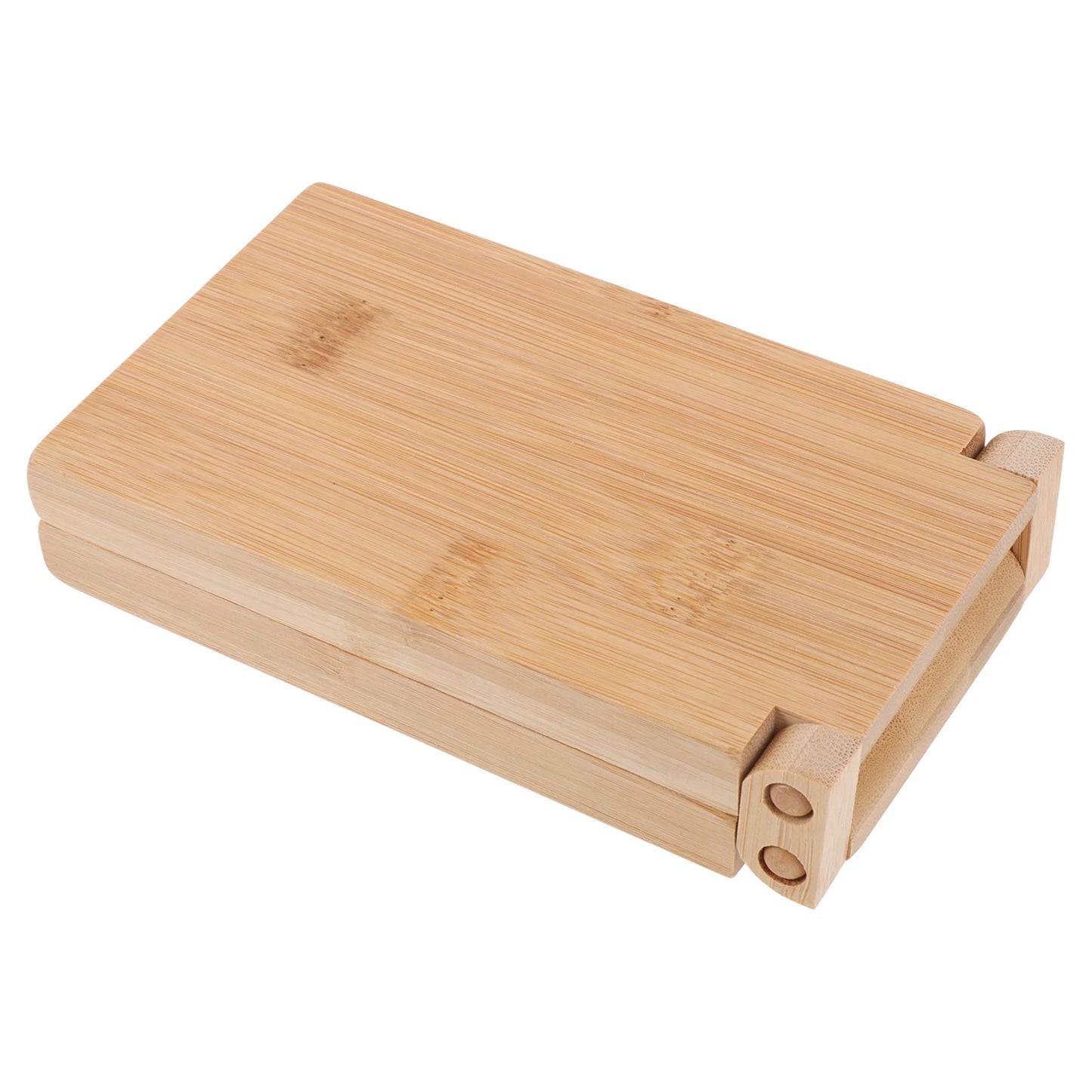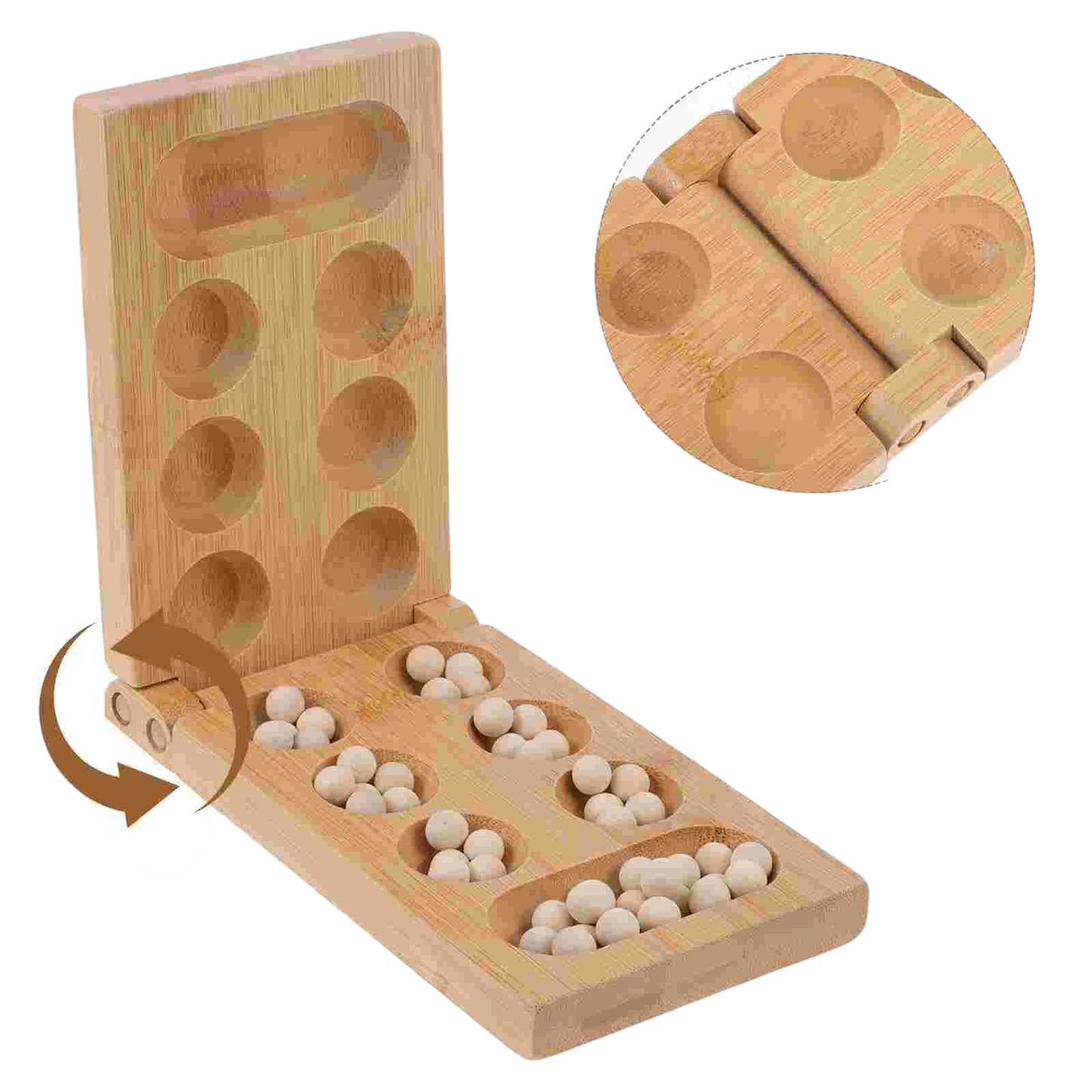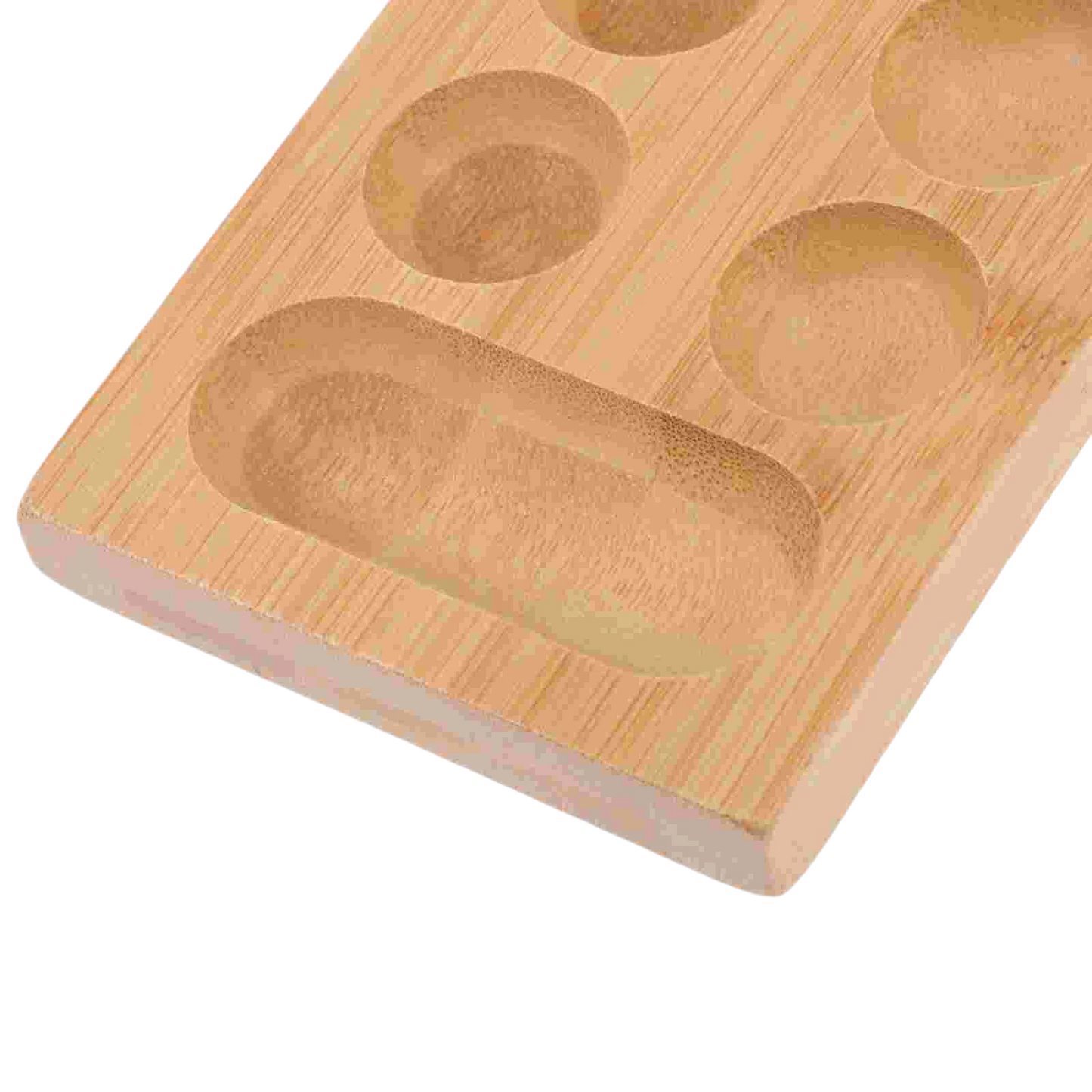Product Details
-
Features :
- Rounded corners
- Certification: CE
-
Safety Warnings:
- Recommended age: Not suitable for children under 3 years.
- Choking Hazard: Contains parts that could be swallowed or inhaled, choking hazard.
- Precautions: Please supervise young children when playing with this game and ensure all parts are put away after use.
-
Dimensions:
- Height: 3.2 cm
- Width: 10 cm
- Depth: 16 cm
Mancala: History and Rules of the Game
Mancala is a traditional board game with a rich history dating back thousands of years. It is played in many cultures around the world, including Africa, the Middle East, Asia, and parts of the Americas. The game is distinguished by its simplicity and strategic depth, captivating players of all ages and backgrounds. In this article, we will explore the fascinating history of mancala and the rules of this timeless game.
History of Mancala
Mancala is one of the oldest board games known to humanity. The earliest evidence of the game dates back to around 7000 BC, found in Jordan. Archaeological evidence also suggests that mancala was played in ancient Egypt, where game boards have been discovered in tombs and temples.
The name "mancala" comes from the Arabic "naqala," meaning "to move." This general term refers to a family of games, each with specific variations and names depending on the region. For example, in West Africa, the game is often called "Oware" or "Wari," while in Madagascar, it is known as "Fanorona."
The Mancala Game
Mancala is typically played on a board with two rows of holes (called "pits") and often two larger pits at either end, called "mancalas" or "granaries." Each player controls a row and attempts to capture as many seeds or stones as possible.
Material
- A mancala game board with two rows of 6 wells (for the most common variation).
- 48 seeds or stones, with 4 seeds per well initially.
Objective
The objective of the game is to capture more seeds than your opponent.
Basic Rules
-
Initial Layout: Each player places 4 seeds in each of their 6 wells.
-
Game Play: Players take turns playing. On a turn, a player takes all the seeds from one of their wells and distributes them one by one to the following wells, in a counterclockwise direction.
-
Captures: If the last seed placed lands in an empty well on its own side and the opposite well contains seeds, the player captures all the seeds in the opposite well and places them in their mancalas.
-
Mancalas: Seeds placed in the player's mancalas are counted as points.
-
End of the Game: The game ends when a player has no more seeds on their side to make a move. Any remaining seeds in their opponent's wells are captured by the opponent.
Variants
There are many variations of mancala, each with its own rules and regional specificities. Some of these variations include:
- Oware (or Ayo): Played mainly in West Africa, this variant is known for its special capture rules and its deep strategic aspect.
- Kalah: A popular variation in the United States, often used to introduce children to mancala due to its simplified rules.
- Bao: Played in East Africa, it is considered one of the most complex variations of mancala.
